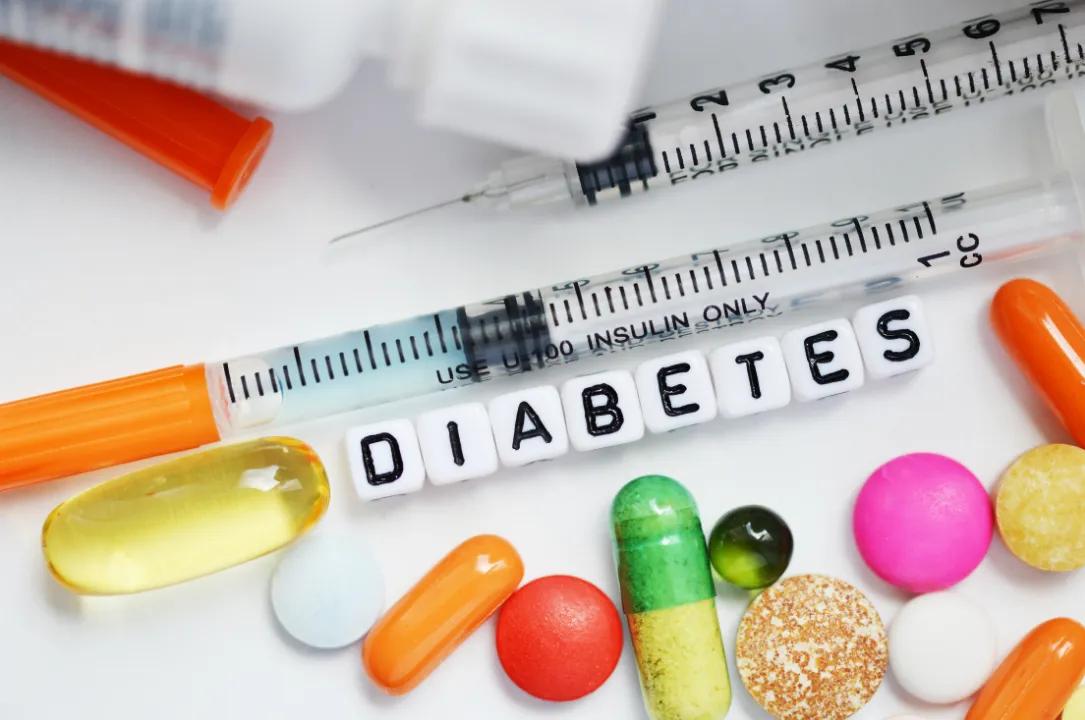Diet and Diabetes, Are They Related?
Let us talk about diet and diabetes. The following is the story of a diabetic patient with a first HbA1C of 14.1% followed by 11.7% after six months, which indicated that her diabetes wasn't well controlled. An HbA1C test is a blood test that measures average blood glucose levels over the past three months. The HbA1C target should be individualized and dependent on the patient's risk, but we generally aim for less than 6.5%.
I met with her at the end of 2020, discussed her poorly controlled diabetes, evaluated her use of a glucometer, and educated her on the correct use of one. Following our shared decision-making, we came up with a healthy eating habit plan. After the consultation, she decided to take control of her diet and monitor her blood glucose levels. She is a housewife and a mother of four; her husband is a truck driver, and they make just enough to get by. She doesn't have a smartphone. The glucometer and stripe were from her savings. However, she started recording her diet and blood glucose readings in her kids' old school workbooks to track her blood glucose records and diet diary. Furthermore, she substitutes sweetened beverages such as Milo and tea tarik that contain high sugar content with plain water. After a few follow-ups, most of her blood glucose levels had been optimized, and she felt more confident about planning her diet, and her overall health condition has improved. Although she still occasionally consumes foods with a high glycemic index, she reduces the amount taken over time. As well, her HbA1c has decreased significantly, from 10.9% to 8.1%.
Last but not least, lifestyle modification should be tailored to meet each patient’s individual needs, as each one has its lifestyle and psychosocial problems. Our first and foremost objective is to empower and educate our patients about identifying foods that are high in sugar, salt, and fat, to help them adopt a healthier lifestyle. A smartphone application is not necessary to teach patients how to record their blood glucose or calculate their daily carbohydrate, protein, and fat percentages, or check their diet calories.
As long as our patients are empowered and educated, they can change for the better! Some dietary modifications the patient could have made here, such as reducing sugar intake and controlling carbohydrate intake. A healthy eating plate with "Suku-Suku Separuh" is an easy way to do it. One suku (quarter) represents carbohydrates, another suku (quarter) represents proteins, and the separate un (half) represents fiber. So, how about starting to applying the healthy eating plate to your diet today?




